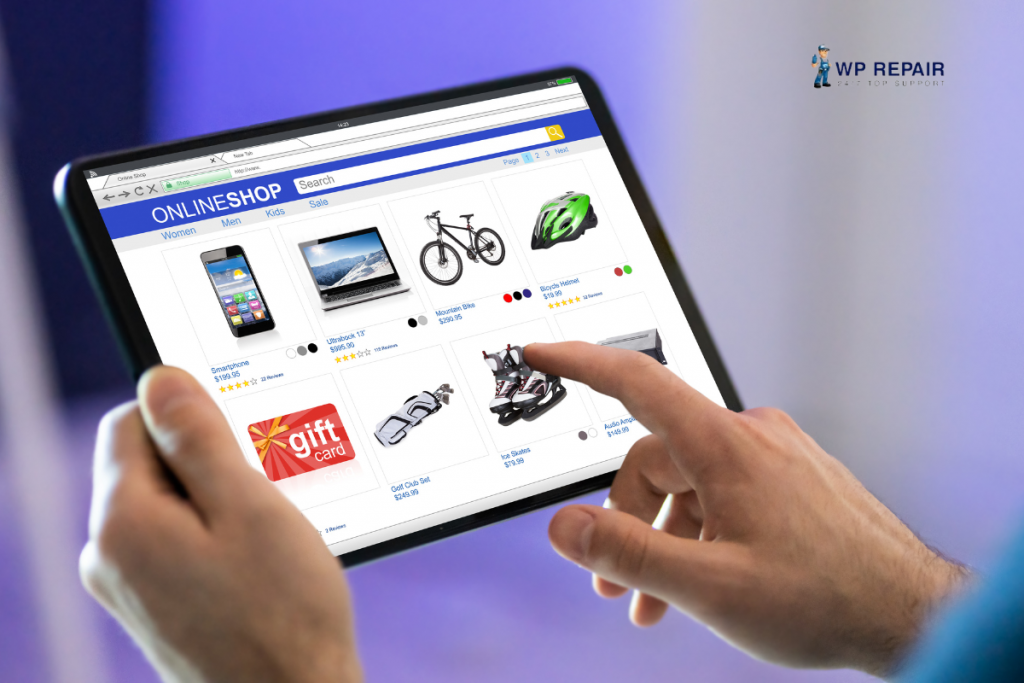Why Use Shopify with WordPress?
It is no secret that Shopify and WordPress are two of the most popular eCommerce platforms. It is estimated that over one-third of all websites are powered by WordPress, the world’s most popular content management system. As for hosted eCommerce platforms, Shopify leads the pack.
It seems impossible to manage your online business by merging these platforms initially. A Shopify-powered WordPress plugin and three new themes were published in 2016, changing the notion among business owners. In addition to supporting Buy Button code, this hosted platform also supports HTML, enabling merchants to integrate a shopping cart into their WordPress site easily.
Also Read : Tips to set up payment gateway in Woo Commerce
Do you feel this whole integration part is complicated? But, still, want to make your website simple and sleek? In short, do you want complete control over site customization and benefits of using Shopify with WordPress? Look no further. Scroll down!
- Sign up for Shopify
Creating a Shopify account is the first step. To proceed to the next step, click the ‘Create your store’ button after completing the form. To see how you like Shopify before committing to an ongoing payment plan, you can take advantage of its 14-day free trial.
- Activate the Shopify eCommerce plugin
To enable the Shopify eCommerce plugin on your website, you’ll need to install it on WordPress. After installing it, make sure it’s activated. It will prevent you from mistaking one issue for another down the road.
- Integrate with WordPress
Your WordPress site will have a new menu item after the plugin is activated. Connect your Shopify account to your WordPress site to create your site’s store (just a few seconds to complete).
- Please add your product(s)
Your site’s inventory can be added on the Settings page of WordPress. Please fill out the information like product title,
a short description, images of the product, and variants (when applicable). Once you click ‘Save,’ the product is officially created. Add as many products as you like to your store by repeating the process.
Looking for Skilled WordPress Developers hire us here
- Choose a payment method and set it up
The next step is to customize your product’s payment settings. Shopify supports regional payment options to simplify transactions for shoppers in other countries. PayPal, Amazon Payments, and Stripe are among the payment options supported by Shopify. Alternatively, you can accept multiple (or all) forms of payment.
- Configure your shipping preferences
Configuring a few shipping settings is required before you can launch your products. Set up the shipping origin address for your site first. It can be the place where you store inventory (like a warehouse) or if you operate from home. If you’re using a parcel service for your deliveries, you can use their address. It is possible to choose between free and international shipping. You will also be able to provide information about the package’s size and weight that defines the shipment fare.
- It’s time to start adding products to WordPress
It’s finally time to add your products to your website and start selling! It doesn’t seem easy to Integrate Shopify & WordPress.
However, that doesn’t have to be the case.
Benefits of combining Shopify with WordPress
Are you wondering why Shopify is a better eCommerce plugin than the others? Shopify has the following advantages:
- Shopify is more straightforward to use than native WordPress eCommerce plugins. To start your online shop, sign up with Shopify. Shopify also takes care of site speed and security for you.
- Your business won’t experience traffic outages as it grows, thanks to Shopify’s cloud-based technology. Thus, you won’t have to upgrade to a more expensive WordPress host when you run out of resources.
- Integration of social media with your online store is crucial for marketing. Some apps integrate Instagram feeds, add social sharing buttons, and more. There is no need to code; download the apps you want.
- Visa, Mastercard, Discover, and American Express are all available as built-in payment options. Their shipping rates and taxes are automatically calculated, so you can easily ship anywhere, including international destinations.
So, that’s all, folks. It isn’t rocket science anymore to use Shopify with WordPress.

